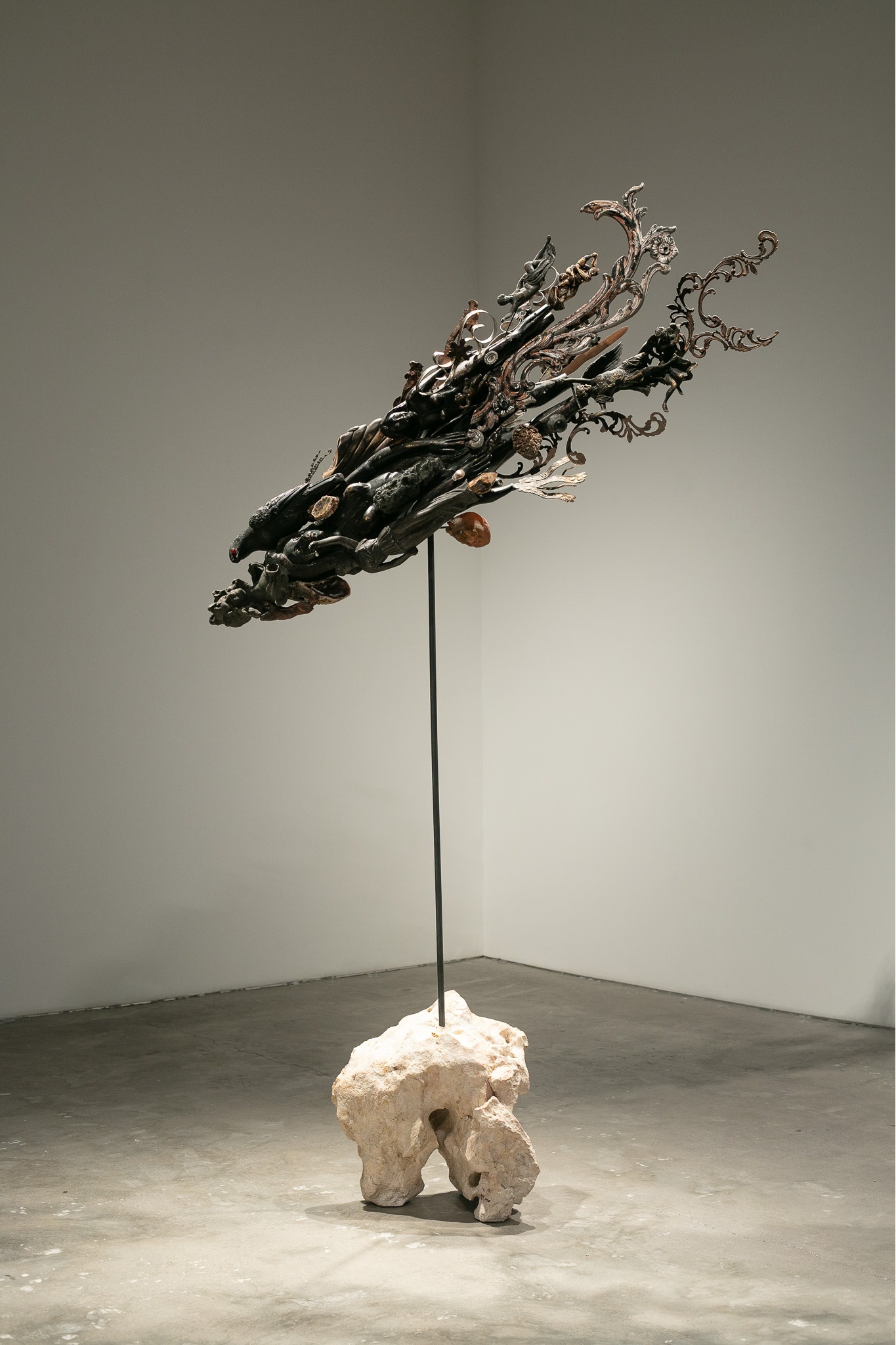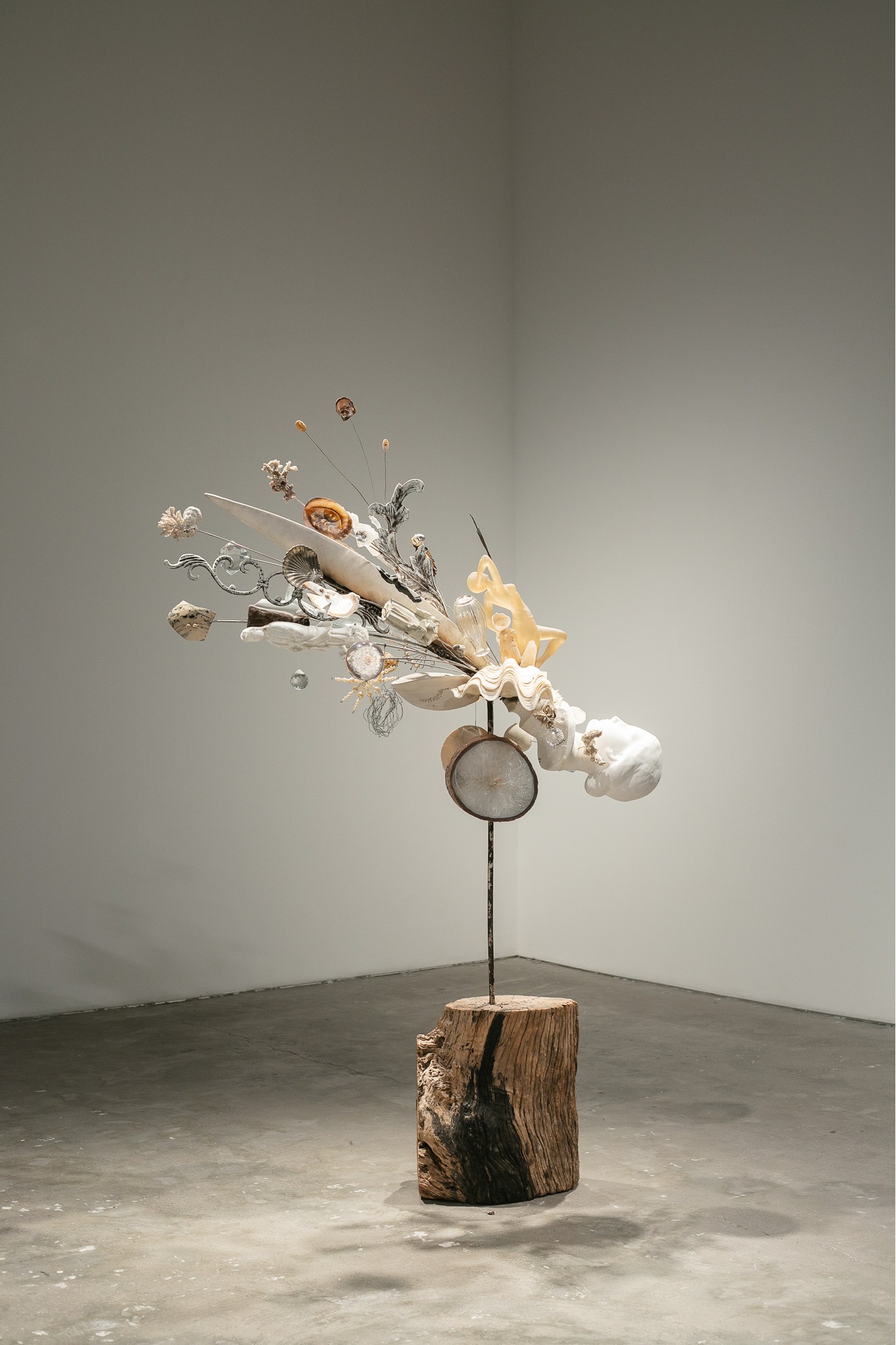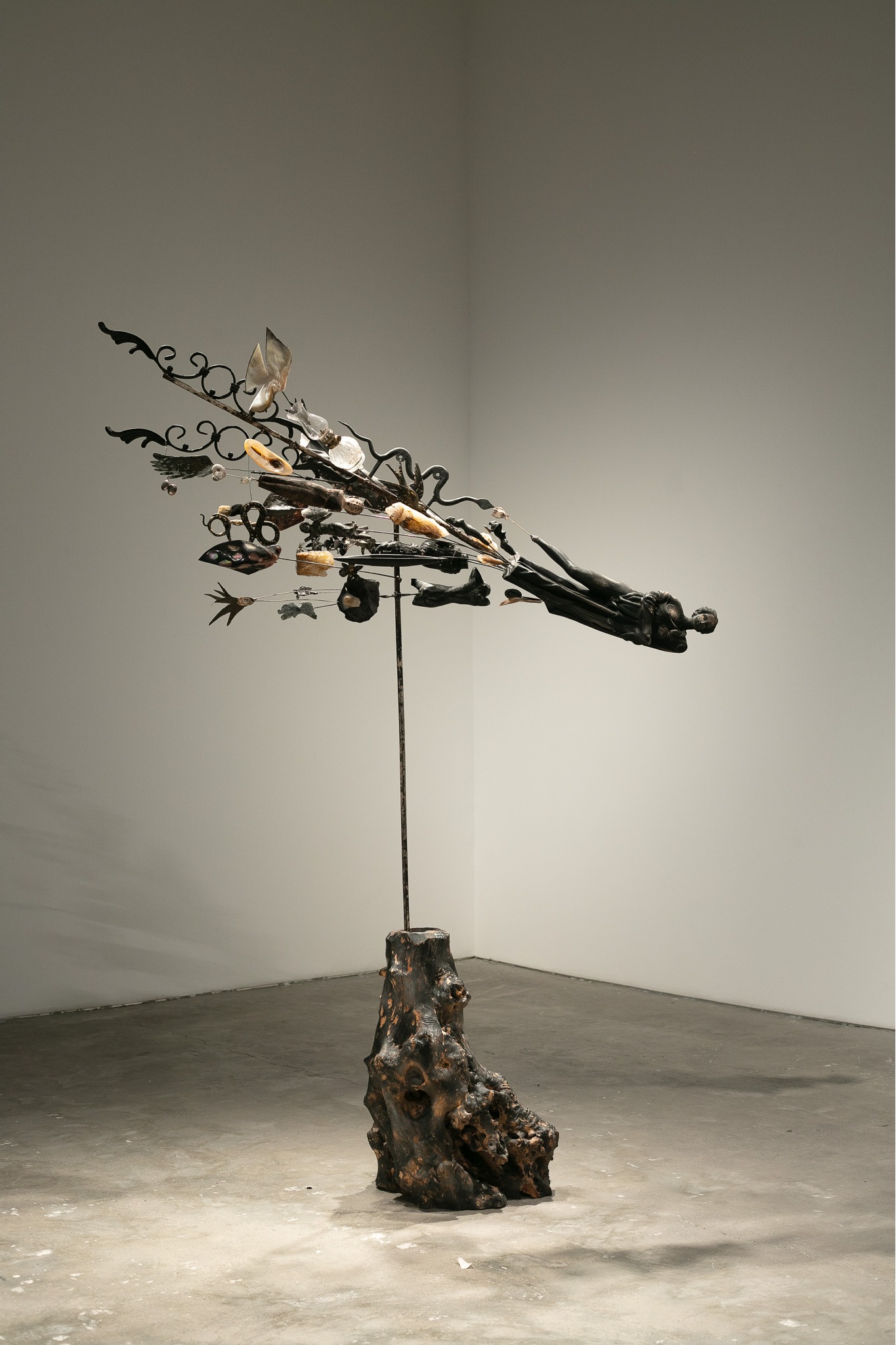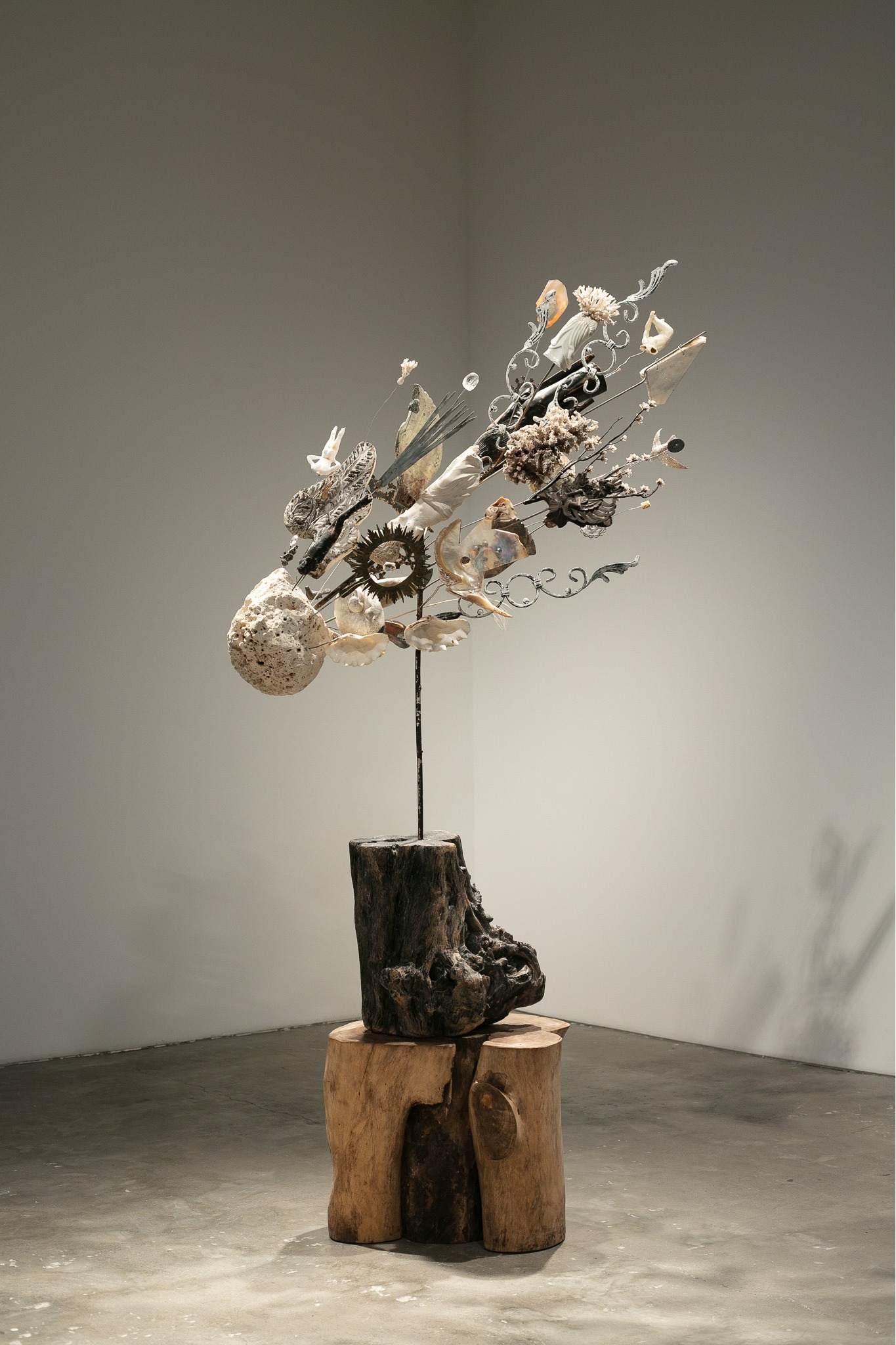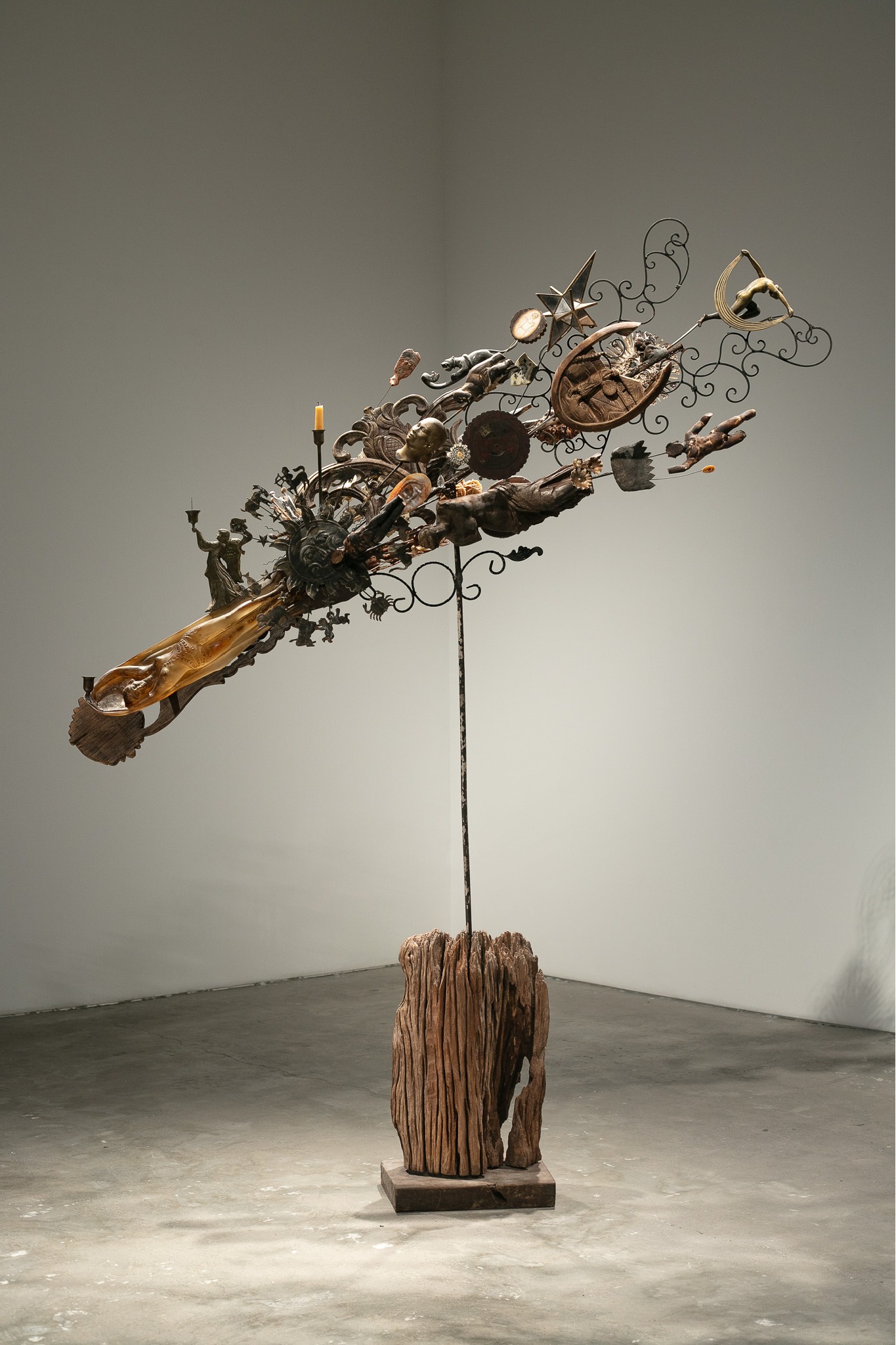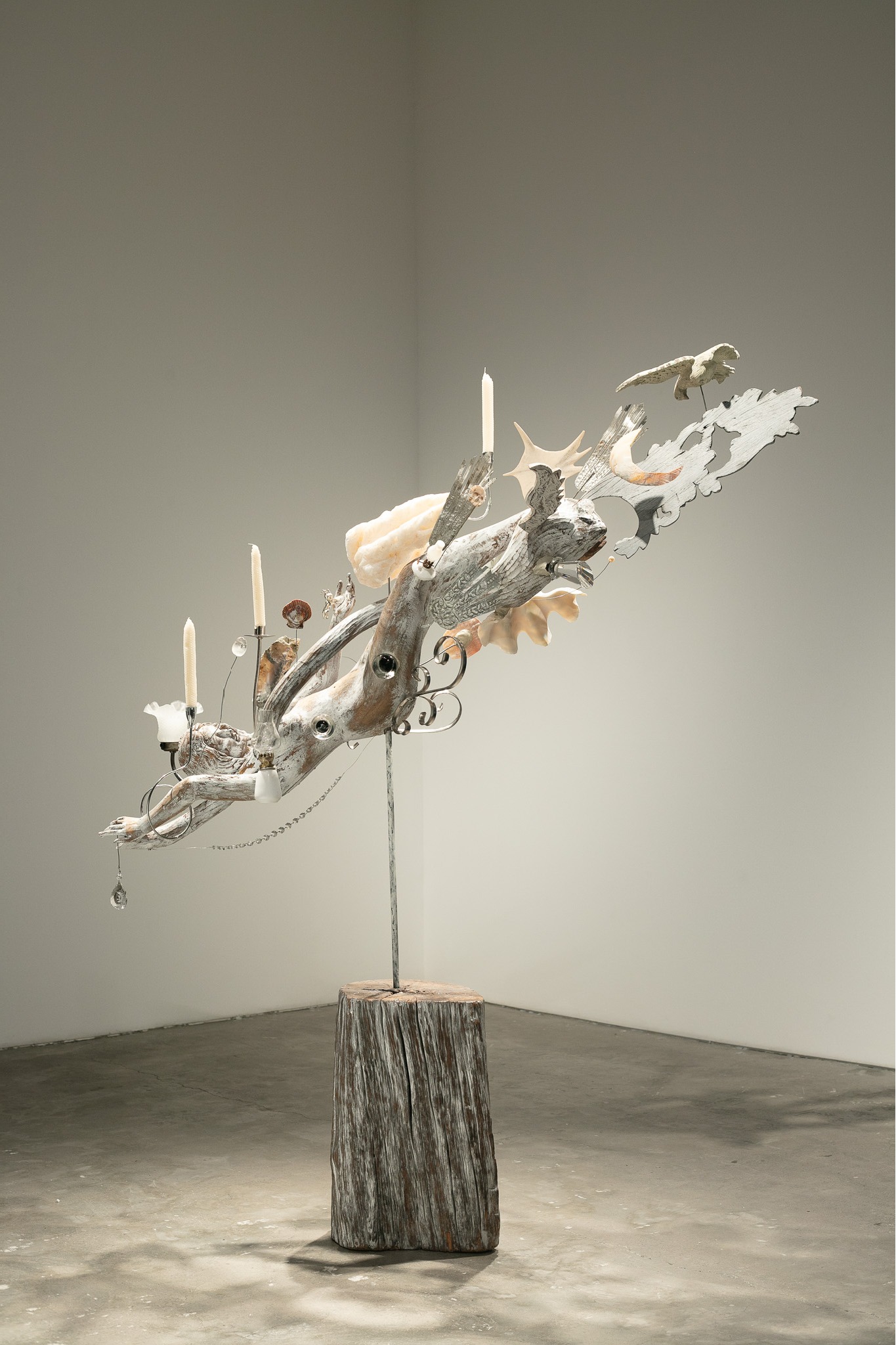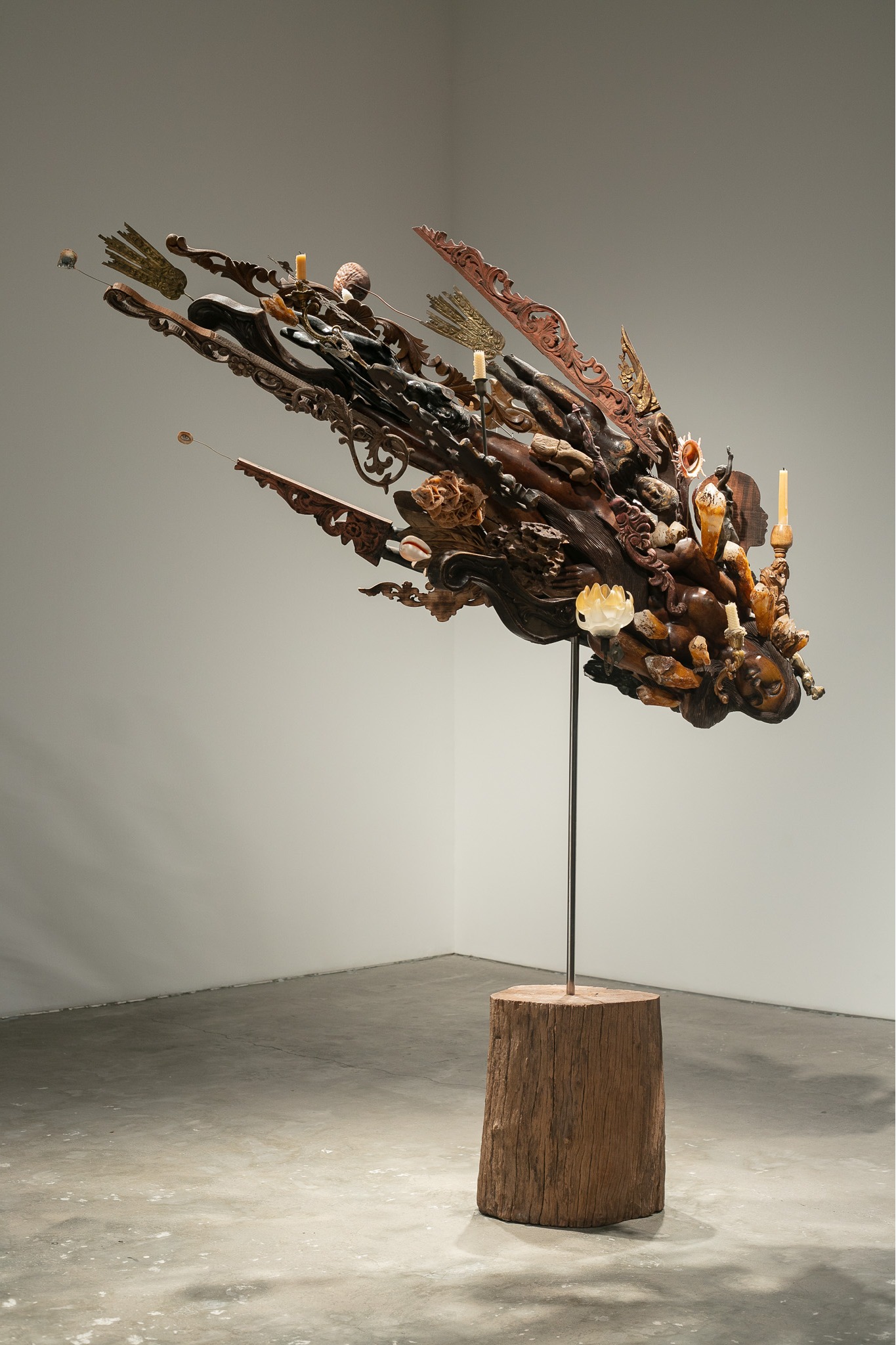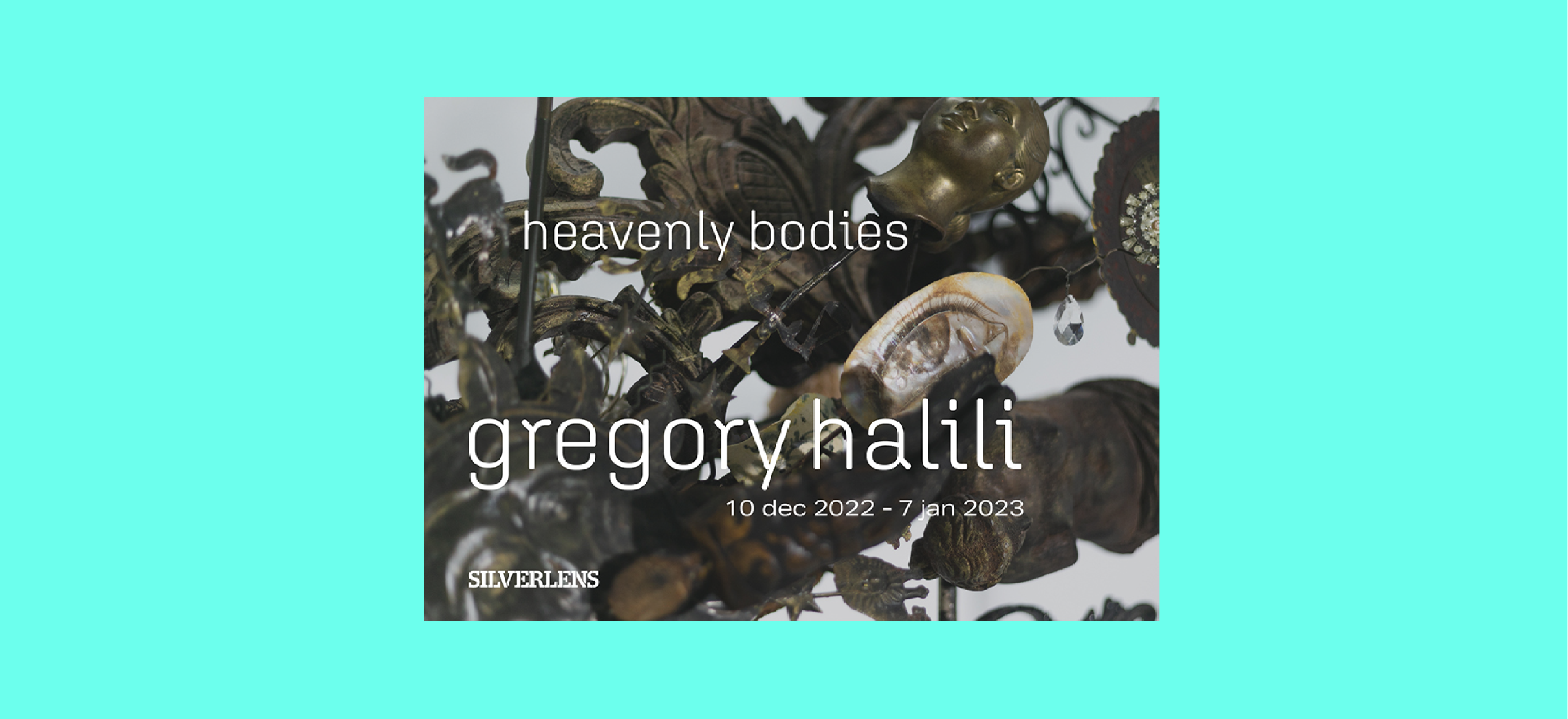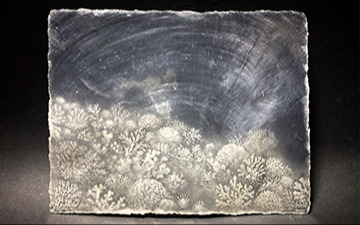
Heavenly Bodies
Gregory Halili
Silverlens, Manila
About
COMETS OF LIGHT AND LONGING
Gregory Halili creates a cosmos of images in Heavenly Bodies
In these new works, Gregory Halili’s inspiration is recognizable enough to comprehend at once: Comets, those celestial bodies with a nucleus consisting of ice, gas and dust. When passing close to the sun, the nucleus warms, and in a process called outgassing, produces the comet’s most distinguished and fascinating feature, a visible tail of light.
Science simplifies, explains, perhaps even makes mundane, what is essentially, a phenomenon, a mystery and source of endless fascination. Even the most simplistic and accessible explanations leave us in wonder. Dutch astronomer Jan Oort believed that comets originated from “a spherical shell made up of trillions of icy bodies believed to lie far beyond Pluto’s orbit.” It must come as surprise to find out that this shell—known as the Oort cloud—is a “theoretical concept” rather than an actual celestial body or place.
Halili’s comets can claim no such fascinating theory of their origin. His very own Oort cloud was a potent mix of ennui and anxiety brought about by the worldwide pandemic in 2019. Though he was safely stuck at home, with his wife and young daughters, Halili was not insulated from the cycles of sickness and death that ravaged the world as it did his friends, family and the artistic community. Moved by both his own fear and the persistent will to create, Halili looked to the comet for inspiration.
For many indigenous and traditional societies, the sighting of a comet is a portent of impending change, of transition, even revolution. The same can be said of Halili’s current works which mark a radical departure from his previous body of work as a miniaturist.
In an art scene that favors wall-sized, large scale works, Halili chose the more intimate and meticulous discipline of a miniaturist painter. His years of study in the US allowed him to visit and re-visit museums where he was drawn to works in the small scale. Just as he studied Holbein and Vermeer, so too did he pore over Western medieval illuminated manuscripts, Byzantine texts, Mughal empire paintings, Persian works on paper.
Back in the Philippines, he discovered Damian Domingo, Letras y Figuras, filigree jewelry, pina and jusi embroidery. An important discovery that would impact his work were the small genre paintings done on mother-of-pearl, popular souvenir and decorative items in late 19th-early 20th century Philippines.
Miniaturismo combines a wealth of Western and Eastern artistic traditions that allow the painter to work with, or master the skills of, the jeweler, the gem cutter, the goldsmith, the ebeniste. Thus, there has always been an all-pervading sense of Luxe about miniatures. A miniature does not proclaim ownership and status in the same way a large-scale work does. Instead, the pleasure of a miniature is more tactile and personal. Miniatures captured the likeness of a loved one, the carnal pleasure of the erotic, the memory of secret pleasures or treasured times. Painted on ivory or silk, encased on crystal or gold and set with precious stones, miniatures were considered jewels to be held close to one’s person and admired in secret.
The Miniaturismo tradition of luxury was reflected in Halili’s material of choice. He painted on the luminescent surfaces of Philippine mother-of-pearl (some in their natural state, others cut and shaped into small panels), crystals, baroque pearls. But his choice of subject (meticulously painted eyes, skulls carved in low relief) and the manner of execution (clinical, almost photographic renderings in oil) negated the lyrical romanticism inherent in the genre. Here instead were objets both sensual and macabre, tactile and precious meditations on the very nature of Truth and Mortality.
The seven works that make up Heavenly Bodies may seem a radical departure from Halili’s earlier ouvre.
But the difference is only in scale. Look closely and you will find that his comets are universes unto themselves.
A consummate collector and lover of objects both natural and man-made, Halili uses his finds as tinder for his comets’ blazings. The artistic process is a dynamic meditation on the very nature of Change. Halili first selects the objects from his vast inventory. Time has already transformed these through rot, weathering, fire and insect damage. Now, they will be arranged, re-arranged, attached, broken apart, fused together until they find their place within the comet’s structure. In the process, the meaning and purpose of the objects have already been transformed. Now, they no longer exist as singular objects but as parts of a greater, more mysterious whole. The assemblages themselves are not static. Halili has mounted the works in a manner that allows them to revolve and evolve even as functional pieces.
The inevitability of Change is the only theme that binds these works. And frankly, I am hard-pressed to even try and put into the words the theme and meaning of each individual work. So densely has Halili layered his symbols and meanings that individual titles seem superfluous. What awaits the viewer is not so much a search for meaning and cohesion, as it as gradual discovery of Halili’s world view.
Each of the works in Heavenly Bodies is a universe that is constantly in shapeshifting mode, inviting the viewer to come up close and discover for themselves the objects Halili has assembled. Many of the comets reveal decidedly Feminine/Angelic images, embellished with the floating, cloudlike flourishes from old architectural details. Layered onto the crevices and folds of their robes are objects and evocations of a vanished Classical world: Botticelli’s eternally rising Venus, the triumphant Saint Michael of the Castel San Angelo, the doomed Laocoon and his sons devoured by serpents. These mix with Filipino objects: tourist art woodcarvings, fragments from old santos, metal work from carrozas, glass lamps—all evoking a sense of nostalgia for the religious processions Halili witnessed as a boy growing up.
Most beguilingly, Halili has incorporated his own miniatures. Peer into a crystal facet and you may yet find a tiny image of the Virgen de Guadalupe staring back at you. Each comet can also be likened to a pilgrim’s shrine or altar overflowing with ex votos and other mementoes of gratitude for miracles of faith. But in these comet-shrines, angels mix freely with daemons and the sacred lies comfortably with the profane.
Halili’s comets, having been born out of the worldwide pandemic, can also be seen as spaceships, vessels, flying arks. In these, Halili has contained all that the pandemic has failed to destroy: Hope, Faith, Love, Will, Relationships, Art. In the end, these are the only things truly worth saving. Halili gathers these remnants of a world changed by cataclysm, contains them in his comets of light and longing, and sends them hurtling bravely into the unknown.
– Floy Quintos
Gregory Halili (b. 1975, lives and works in Manila) carves and paints mother-of-pearl shells, creating memento moris. Halili received his B.F.A. from the University of the Arts in Philadelphia. He returned to the Philippines in 2013 after 25 years in the United States. Halili’s work focuses on the art of miniatures with interest in the notion and idea of memory, life, death, and cycle.
His work has appeared in numerous exhibitions and shows, including the John Michael Kohler Arts Center in Sheboygan, Wisconsin; The Butler Institute of American Art in Youngstown, Ohio; The Hammond Museum and Sculpture Garden in Salem, New York; Ayala Museum in Makati City; Jorge B. Vargas Museum at the University of the Philippines in Quezon City; West Gallery in Quezon City; Silverlens in Makati City, and; Nancy Hoffman Gallery in New York City. In 2016, Halili was one of the Filipino artists who presented in the Singapore Biennale.
Installation Views
Works
